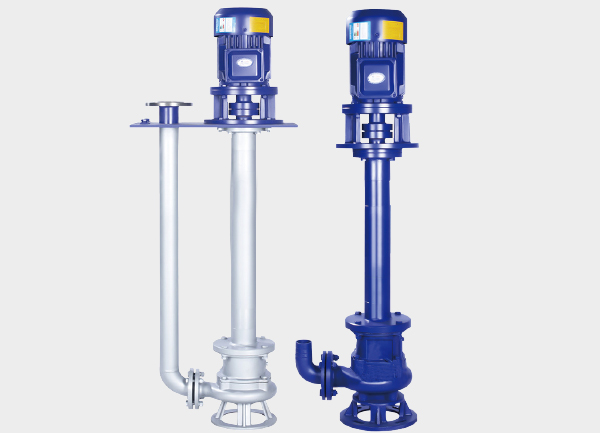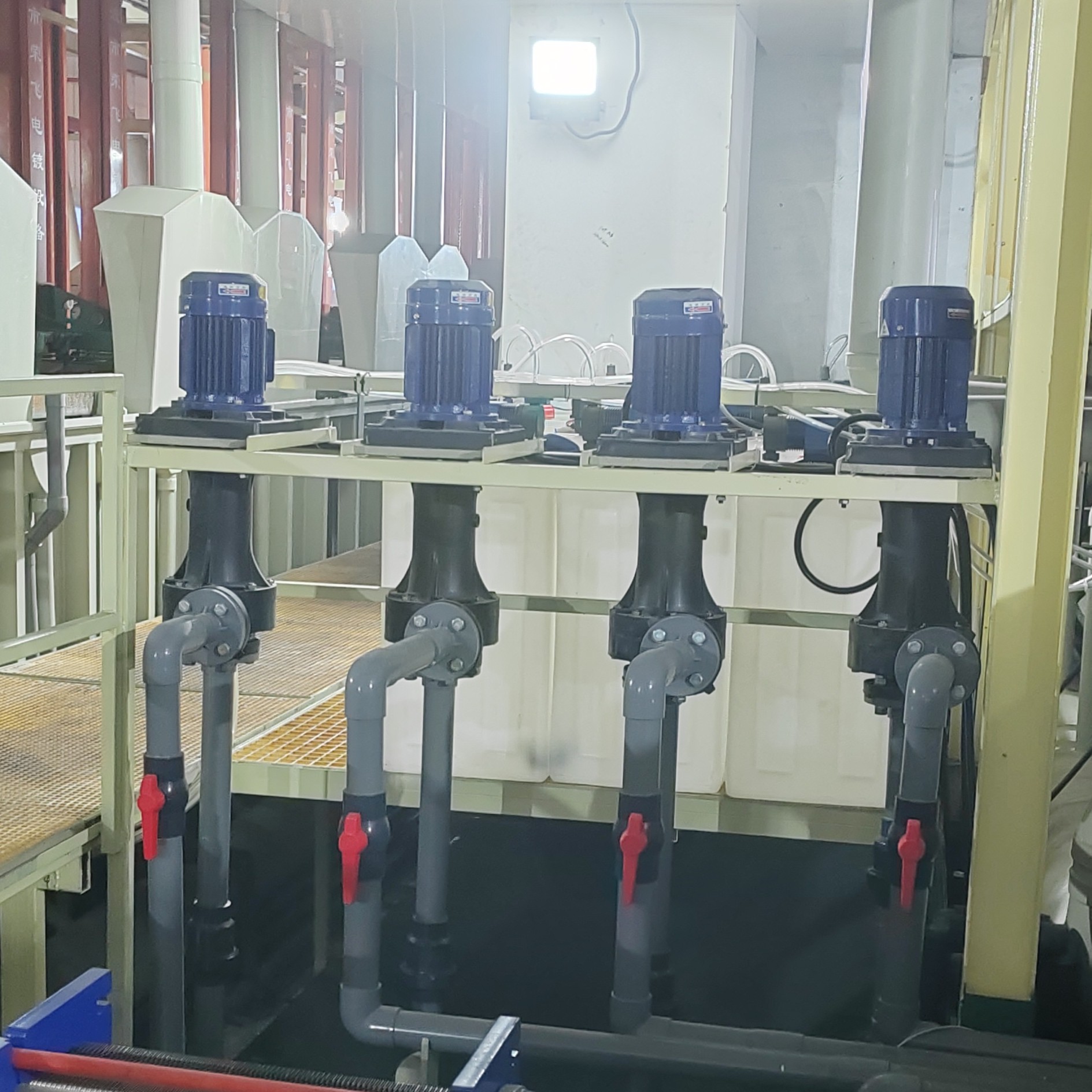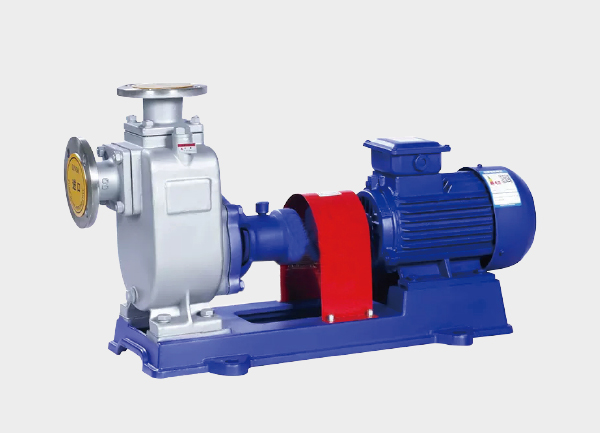Proper installation of a vertical centrifugal pump is crucial to ensure stable operation, high efficiency, and long service life. Incorrect installation may lead to vibration, noise, low efficiency, bearing damage, or mechanical seal failure. The following are the key installation precautions and steps for vertical centrifugal pumps, suitable for industrial use such as chemical, water treatment, or HVAC systems.

1. Preparation Before Installation
Inspect Equipment Integrity
Check that the pump body, impeller, bearings, mechanical seal, and motor are intact.
Verify that the model, specifications, flow rate, head, and motor power meet design requirements.
Ensure that all accessories such as foundation bolts, gaskets, and sealing rings are complete.
Check the Foundation
The foundation must be flat, solid, and have sufficient load-bearing capacity.
Anchor bolt holes should be accurately positioned, and concrete must be fully cured (usually for at least 7 days).
The surface level deviation should not exceed 0.2 mm per meter.
2. Installation Process Essentials
Vertical Alignment
The pump shaft must be perfectly vertical during installation. Use a level gauge to check the pump flange.
Vertical deviation should be ≤0.1 mm/m; adjust with shims if necessary.
Ensure that the motor shaft and pump shaft are concentric, with a deviation ≤0.05 mm.
Coupling Alignment
When connecting the motor and pump with a coupling, precise alignment must be done before final tightening.
Radial runout ≤0.05 mm, end-face runout ≤0.1 mm.
For close-coupled vertical pumps, make sure the contact surfaces are clean, flat, and free from debris.
Suction and Discharge Piping
The suction line should be as short and straight as possible to minimize resistance and avoid air pockets.
The suction pipe should slope slightly toward the pump to prevent gas accumulation.
Install a check valve and a shut-off valve on the discharge line for safe operation and maintenance.
The pipeline must be independently supported—do not allow its weight to rest on the pump body.
Seal System Installation
Check the spring compression and installation direction of the mechanical seal.
Avoid hammering or applying impact force to the sealing surface to prevent damage.
Apply the specified lubricant to the bearings and sealing components.
3. Electrical and Auxiliary Systems
Motor Wiring and Rotation Check
Verify correct motor wiring.
Jog the motor to confirm that the rotation direction matches the arrow on the pump casing.
Reverse rotation is strictly prohibited.
Cooling and Flushing System
If the pump uses seal flushing or cooling water, connect it before test operation.
Ensure smooth flow and no leakage in the cooling circuit.
4. Pre-Start Inspection
Before running the pump, confirm the following:
All bolts and fasteners are properly tightened.
The pump casing and pipelines are completely filled with liquid—dry running is strictly forbidden.
The suction valve is fully open, and the discharge valve is slightly open.
The coupling guard is securely installed.
The motor insulation and grounding are in good condition.
5. Test Run and Adjustment
Start the pump with the discharge valve slightly open to avoid motor overload.
Observe vibration, noise, pressure, and flow rate for abnormalities.
The bearing temperature should not exceed 75°C, and the mechanical seal should not show visible leakage.
Once the pump operates smoothly, gradually adjust it to the design conditions.
6. Common Installation Errors and Consequences
| Incorrect Installation | Possible Consequence |
|---|---|
| Pump body not vertical | Increased vibration, bearing wear |
| Misaligned coupling | Overheating, seal failure |
| Pipe stress on pump body | Casing deformation, seal leakage |
| Incorrect valve layout | Cavitation, insufficient flow |
| Dry start without priming | Seal damage, impeller failure |
7. Summary
The key principles for vertical centrifugal pump installation can be summarized as “Level, Vertical, Aligned, and Stress-free.”
High installation precision directly determines the pump’s operational stability and lifespan. Therefore, all steps should be performed according to technical standards, and a comprehensive inspection and trial run must be completed before commissioning.







